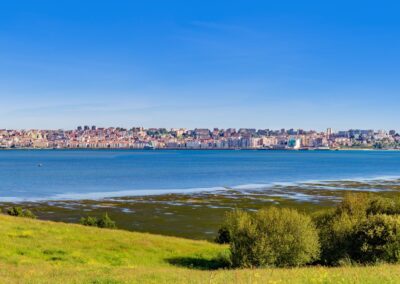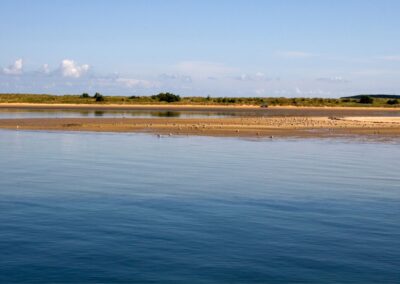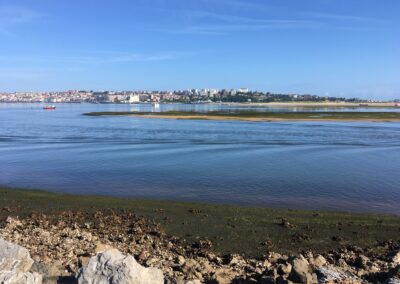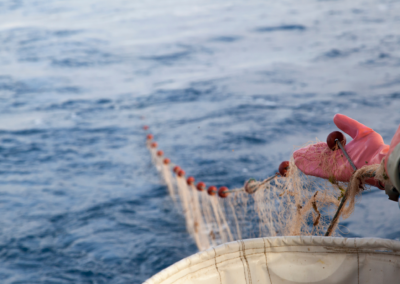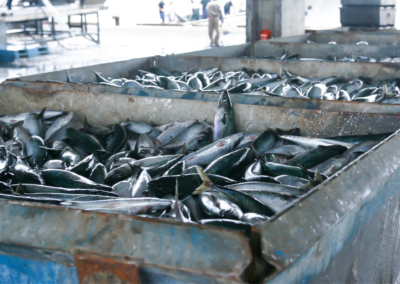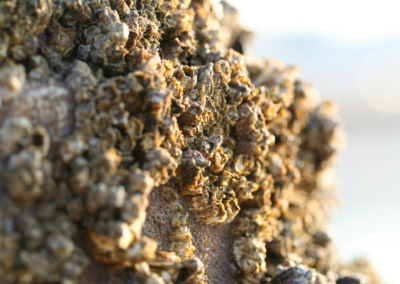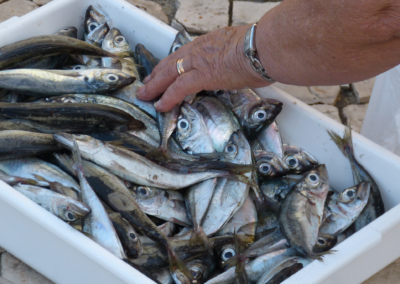Plan Bahía analyzes the challenges faced by fishing and shellfishing professionals
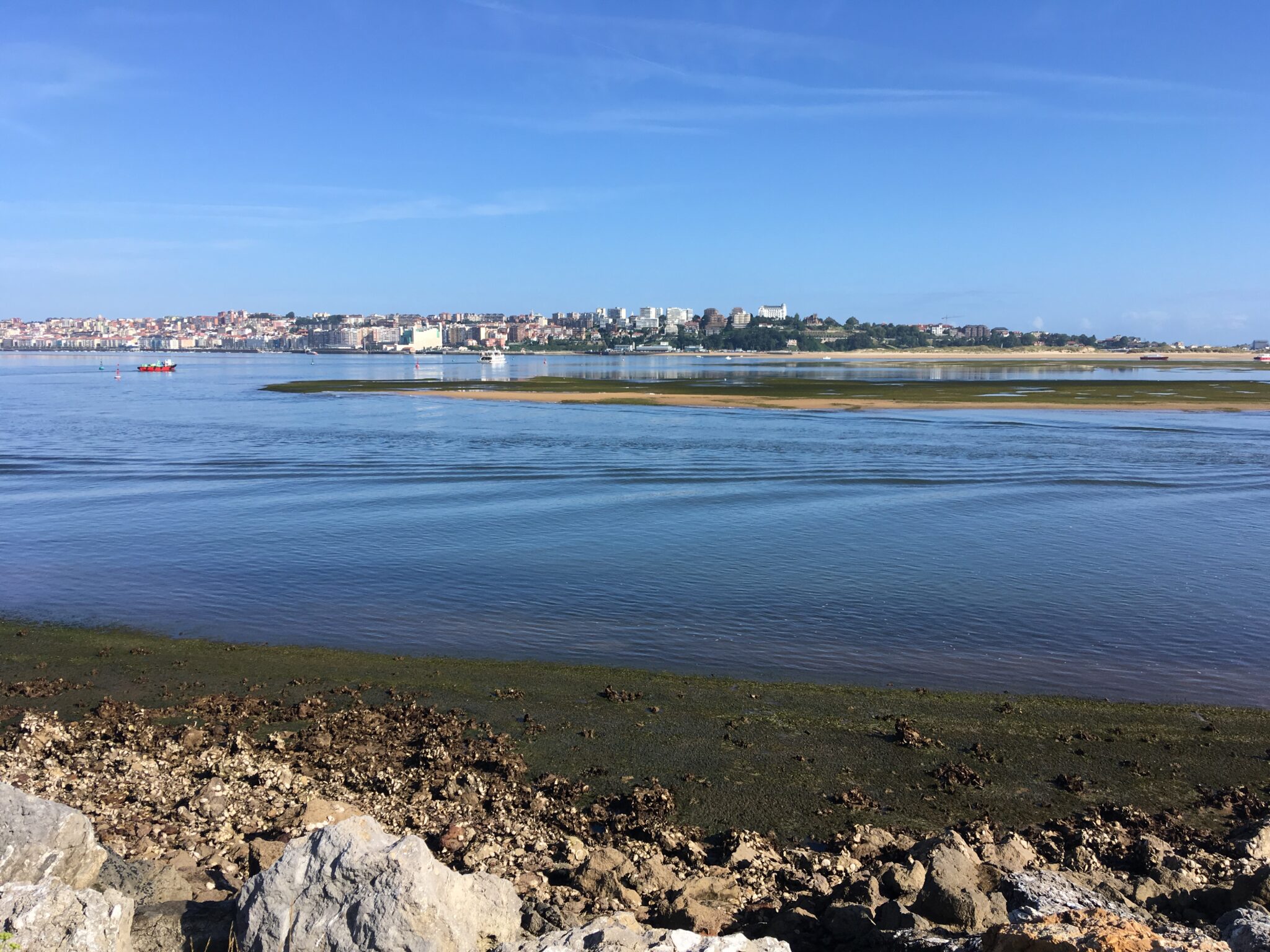
The recovery of former marsh areas, control of poaching and recreational fishing, strengthening the monitoring of water quality or the promotion of measures to reverse the sedimentation of the sand in some areas are some proposals that the sector raises to ensure the activity and promote the conservation of the estuary
Plan Bahía has addressed the main challenges related to fishing and shellfishing in Santander Bay through personal interviews with experts and professionals in the area.
The significant decrease in activity the decline of shellfish resources the impact of the climate change the water pollution or the changes in the composition of the seabed are the most important factors affecting the future of fishing and shellfishing activities and their relationship with the estuary.
The sector proposes solutions ranging from control of poaching the recovery of former marshlands management of invasive species, the implementation of measures to control spills and waste, or collaboration with other sectors for strengthening the identity of the local product and promote sustainability.
The fishing and shellfishing sector in the Bay has experienced a drastic decline in recent decades, with a significant reduction in the number of active licenses. In 1998, there were approximately 500 and currently there are less than 50. The lack of generational replacement and the decline of shellfish resources are the main factors behind this problem.
In this sense, the exact causes of this resource decline are unknown.The experts have identified a reduction in the clam population in their natural habitat and claim that they are currently only growing and developing in protected cultivation parks, which raises questions about the reasons behind this scarcity of resources in their natural environment.
Climate change and pollution
Climate change is also leaving its mark. Increased water temperature, especially in outer areas of the estuary, appears to negatively affect shellfish development.
Another factor contributing to the depletion of resources is the changes in the composition of the seabed. sand increase in some areas, which hampers the development of the activity. by altering the natural habitat of the mollusks, preventing their growth.
As for how the activity of the Port of Santander affects the sector, professionals recognize that in the current expansion area there are “a large number of resources”, specifically wharfs, which may be affected when the dredging necessary for the port expansion is carried out. Despite this concern, they also point out that the current dredging processes have not caused “significant turbidity problems” that adversely affect shellfish activity. According to professionals, this is due, in part, to the effective implementation of prevention and control measures designed to minimize environmental impact.
The existence of sources of pollution in the bay of Santander and its surroundings, both point source discharges and diffuse pollution, represent an ongoing challenge, affecting water quality and the health of marine resources, raising significant concerns for food security and long-term sustainability.
Proposals and future of the sector
Fishing and shellfishing professionals propose some solutions to face current and future challenges, including the need to have a specific area in the fish market for shellfish and weighing points to improve marketing and product traceability, reversing sand sedimentation in the moorlands of the Bay, especially in the areas near the mouth of the Cubas estuary, or a increased control of poaching, the main focus is on glass eel fishing and barnacle extraction, with emphasis on night controls.
Improving water quality at some critical points and establishing measures to ensure navigation and transportation, as well as safety in the estuary waters are other aspects that the sector points out that need to be addressed to achieve sustainability and recovery of the Bay.
Solutions for integrated management
The conclusions reached with the fishing and shellfishing professionals, together with those obtained in other working sessions, will be a essential component for the preparation of the Integrated Diagnosis of the Bay of Santander. This assessment, which will also include in-depth technical analyses, will be the cornerstone for developing the proposal of solutions that address the challenges identified in the conservation and sustainable management of the estuary.
Plan Bahía’ is a research project coordinated by the Institute of Environmental Hydraulics of the University of Cantabria(IHCantabria) and funded by the Ministry of Science and Innovation and the Government of Cantabria through the Marine Sciences Program. Its objective is to draw up the Integrated Management Plan for the Bay of Santander, which will establish the collaboration mechanisms and the measures to be implemented so that the institutions that make up the Bay Committee can address the future actions to be developed within the framework of an Integrated Plan for the Management of the Bay.




